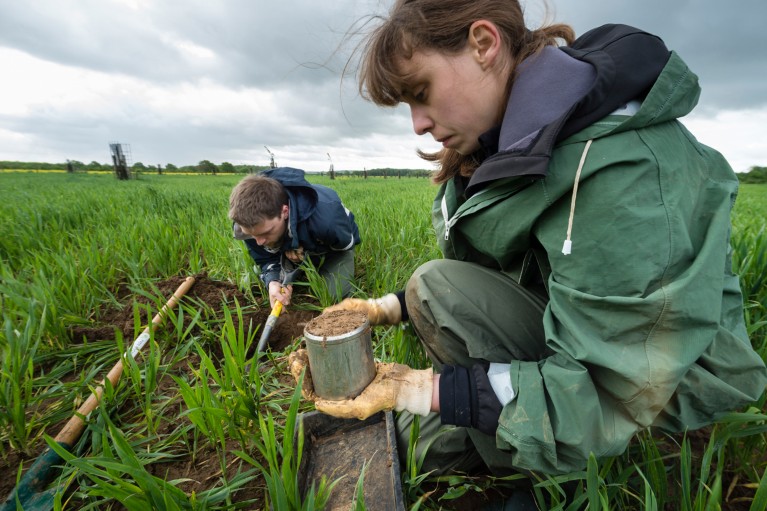A generation of farmers and scientists are finding ways to sequester carbon in the soil while improving crop yields.
By Bianca Nogrady Read Full Article HERE

When it comes to carbon, humanity has two pressing problems. First, there’s too much of it in the atmosphere. The atmospheric concentration of carbon dioxide has increased by about 50% since the start of the industrial age, from 280 parts per million to nearly 420 parts per million in 2023 (see go.nature.com/2j4heej). Much of that comes from the combustion of fossil fuels, but agriculture is a major contributor. Each year, around 13.7 billion tonnes of CO2 or equivalent greenhouse gases is released into the atmosphere by agricultural processes, with more than one-quarter of global greenhouse-gas emissions arising from food production1.
The second carbon problem is that there isn’t enough of it in the soil. Soil carbon has been drastically depleted around the world, thanks to intensive farming practices that have been developed to feed the growing population. One estimate suggests that around 133 billion tonnes of carbon — about 8% of total organic soil carbon — has been lost from the top 2 metres of soil since the advent of agriculture some 12,000 years ago. Around one-third of that loss has occurred since the Industrial Revolution in the 1800s2.
This imbalance means that agriculture has an ace up its sleeve: although it’s currently a carbon source, it also has the potential to be a carbon sink, which could alter the planet’s climate-change trajectory (see ‘Green horizons’). It’s not only possible, but it’s relatively easy to recharge soil organic carbon stocks by supporting and enhancing the natural processes that draw and convert CO2 into soil carbon.
Learn More about Carbon Farming.
